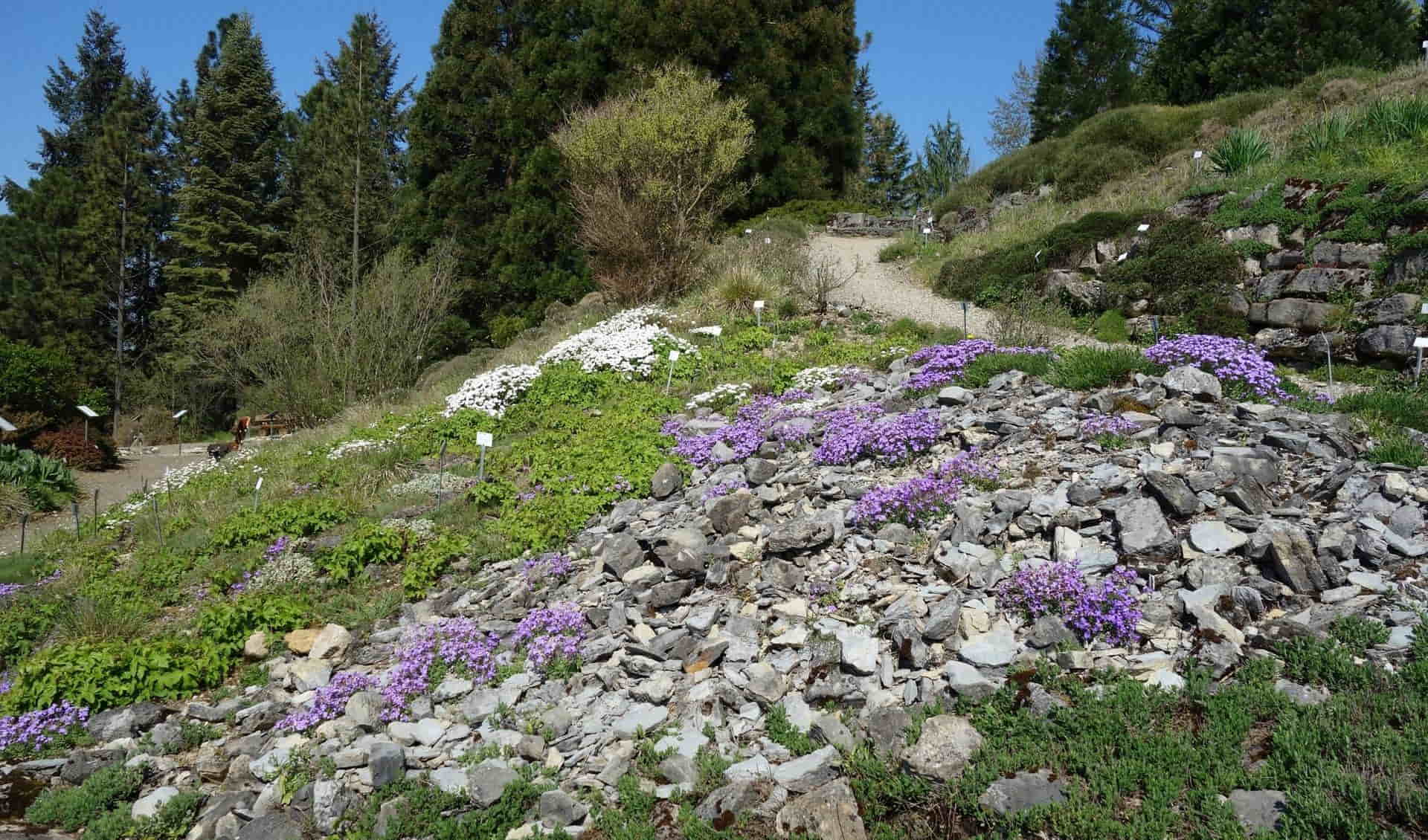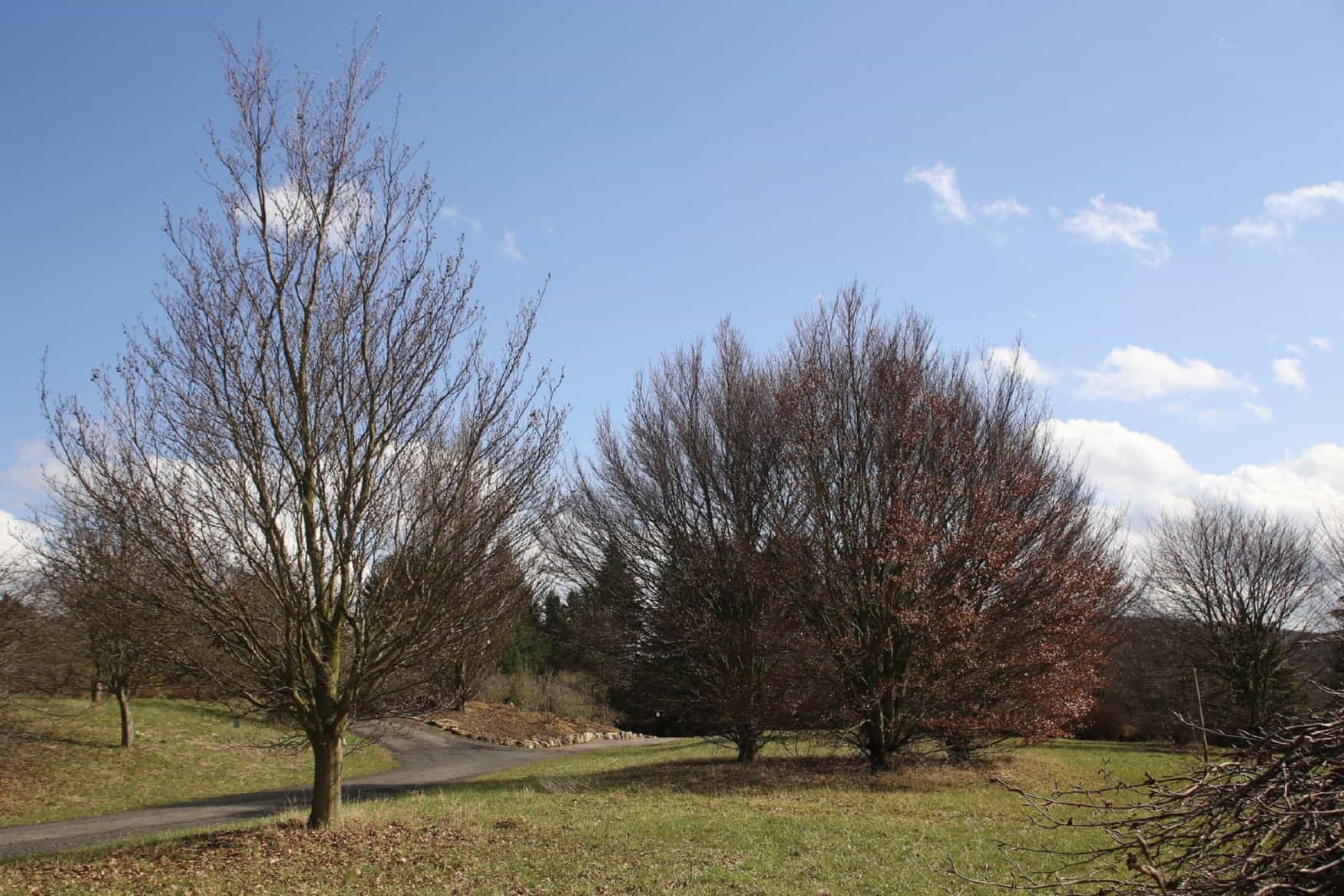The Experimental Botanical Garden in Göttingen, also known as the Neuer Botanischer Garten, is a fascinating scientific research facility maintained by the University of Göttingen. Established in 1967 by Prof. Heinz Ellenberg, this 36-hectare garden is an experimental ground for studying plant ecology, ecosystems, and conservation efforts. With its unique collections, educational programs, and family-friendly features, the Experimental Botanical Garden is a must-visit destination for nature enthusiasts, researchers, and families.
Highlights
- Extensive collections of rare and endangered plants, including Centaurea and related genera, native flora of Central Europe, and holarctic forest vegetation.
- Stunning alpine garden (5000 m²) showcasing high-altitude plant formations.
- Serene pond (400 m²) with aquatic and swamp plants.
Contents
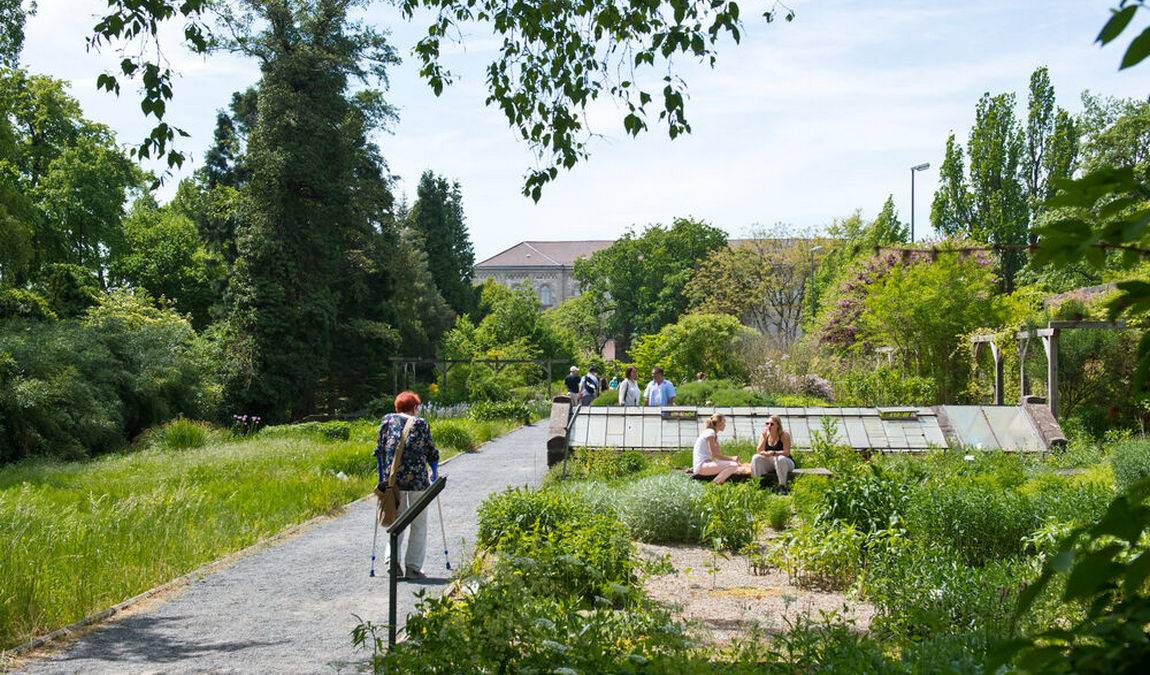 Photo: facebook.com/georgiaaugusta
Photo: facebook.com/georgiaaugusta
Here is Why Your Kids Will Find it Interesting
Experimental Botanical Garden in Göttingen is worth visiting with kids aged 6-12 who are curious about nature and eager to learn. The garden offers a hands-on experience where children can explore the diverse plant life, observe the interactions between species, and participate in educational activities. The large Alpinum, in particular, is a fascinating attraction that showcases how plants adapt to the harsh conditions of high altitudes, sparking the imagination of young visitors.
Family-friendly features
- Interactive educational exhibits and activities for children
- Picnic areas and shaded seating spots
- Accessible pathways suitable for strollers and wheelchairs
History and Establishment
 Photo: facebook.com/georgiaaugusta
Photo: facebook.com/georgiaaugusta
The Experimental Botanical Garden was founded in 1967 by Prof. Heinz Ellenberg as an experimental facility to augment the historic Alter Botanischer Garten der Universität Göttingen. Originally called the Neuer Botanischer Garten, the garden's name was changed to Experimenteller Botanischer Garten in 2009 to better reflect its purpose as a scientific research facility.
The World of Jumpers sports entertainment center is 3 km from the botanical garden
Unique Collections and Features
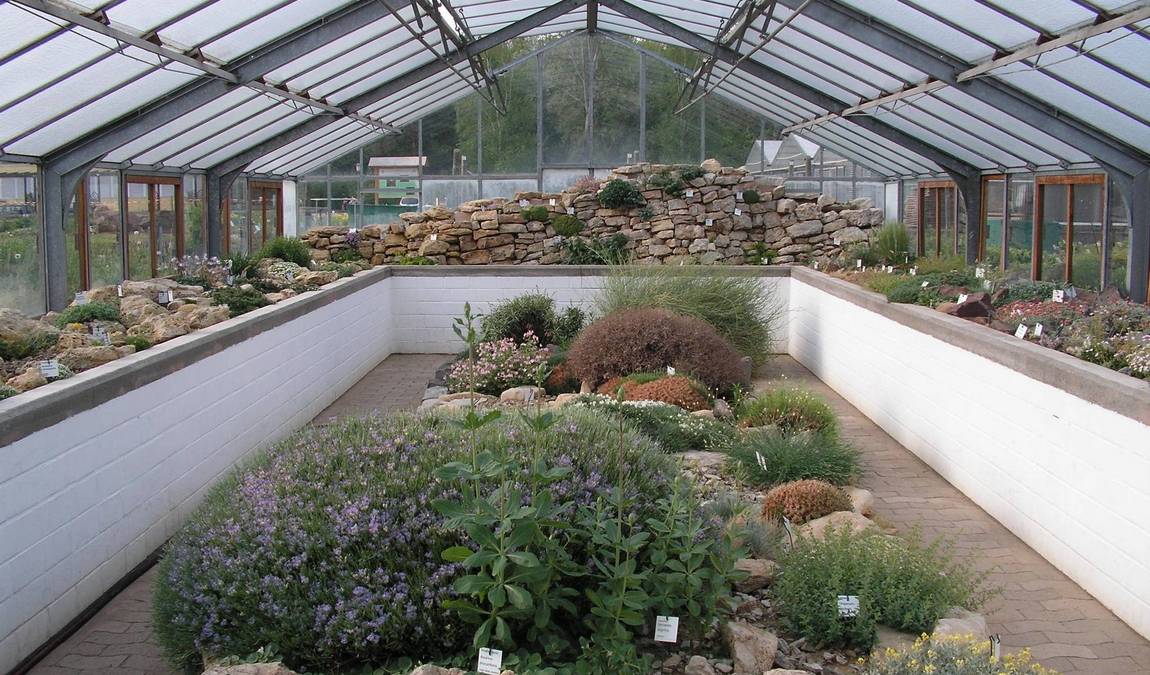 Photo: facebook.com/georgiaaugusta
Photo: facebook.com/georgiaaugusta
The Experimental Botanical Garden in Göttingen boasts an impressive array of unique collections and features that showcase the diversity of plant life worldwide. Some of the most notable include:
Alpine Garden (5000 m²)
This large alpine garden, approximately 5000 square meters, features plant formations from different high-altitude regions. Visitors can marvel at how colorful and resilient these plants are despite the harsh climate of the high mountains.
Centaurea and Related Genera Collection
The garden contains a special collection of Centaurea, a genus of flowering plants in the daisy family, and related genera. This collection highlights the native flora of Central Europe.
Holarctic Forest Vegetation
Adjacent to the experimental garden, the Forstbotanischer Garten und Arboretum showcases North America, Europe, and Asia forest communities. This allows visitors to compare and contrast the vegetation of different holarctic regions.
Endangered Wild Plants and Rare Weeds
The garden is crucial in conserving endangered wild plants and rare weeds. These collections serve as a living repository for species under threat in their natural habitats.
Wild Rose Collection
Visitors can admire the beauty of wild roses in a dedicated collection within the garden. This feature allows for studying and appreciating these important ornamental and ecological plants.
Pond (400 m²)
A serene pond covering approximately 400 square meters, it is home to various aquatic and swamp plants. This feature adds to the garden's biodiversity and provides a habitat for marine organisms. These unique collections and features make the Experimental Botanical Garden in Göttingen a must-visit destination for plant enthusiasts, researchers, and anyone interested in exploring the wonders of the natural world.
Research and Education
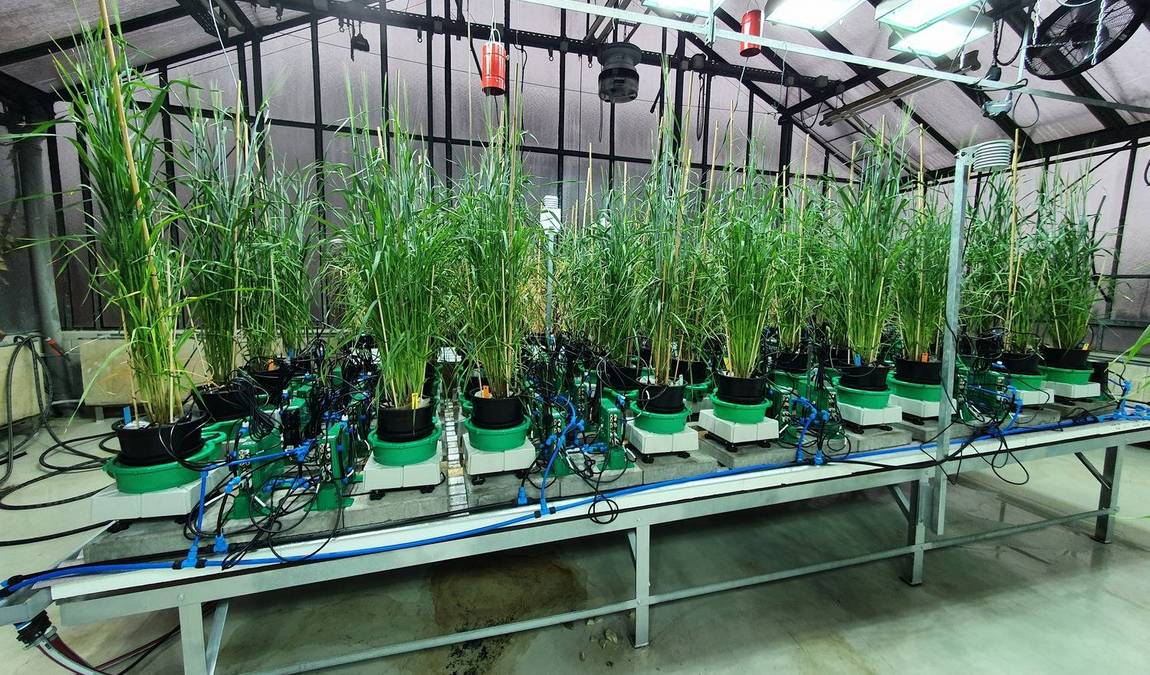 Photo: facebook.com/georgiaaugusta
Photo: facebook.com/georgiaaugusta
The Experimental Botanical Garden is a scientific research facility for the University of Göttingen. Its focus is plant cultivation for teaching, environmental education, conservation of endangered species, and public information. The garden's extensive collections and research facilities make it a unique and valuable resource in Germany and Central Europe.
Adjacent Gardens
The Experimental Botanical Garden is located adjacent to two other notable gardens:
- Forstbotanischer Garten und Arboretum
- Alter Botanischer Garten der Universität Göttingen
Best Time to Visit
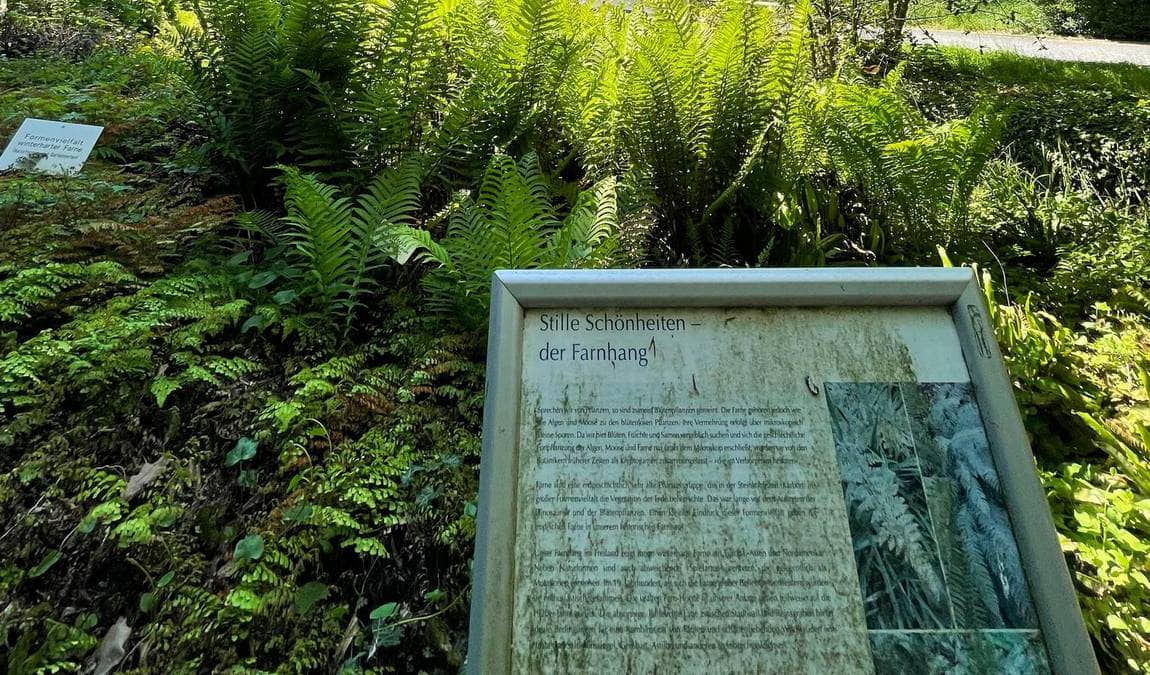 Photo: facebook.com/georgiaaugusta
Photo: facebook.com/georgiaaugusta
The best time to visit the Experimental Botanical Garden with children is during the summer half-year, from March to October, when the Alpine House is open from 9:00 a.m. to 3:00 p.m. The garden is open daily and has free admission.
Recommended Duration: Plan to spend 2-3 hours exploring the garden and participating in educational activities.
Resume
The Experimental Botanical Garden in Göttingen is a unique and fascinating destination that combines scientific research, environmental education, and family-friendly features. With its extensive collections, stunning landscapes, and commitment to plant conservation, the garden offers a valuable resource for researchers, educators, and nature enthusiasts. Whether you're interested in learning about plant ecology, exploring diverse ecosystems, or enjoying a peaceful day outdoors with your family, this place will leave a lasting impression.


